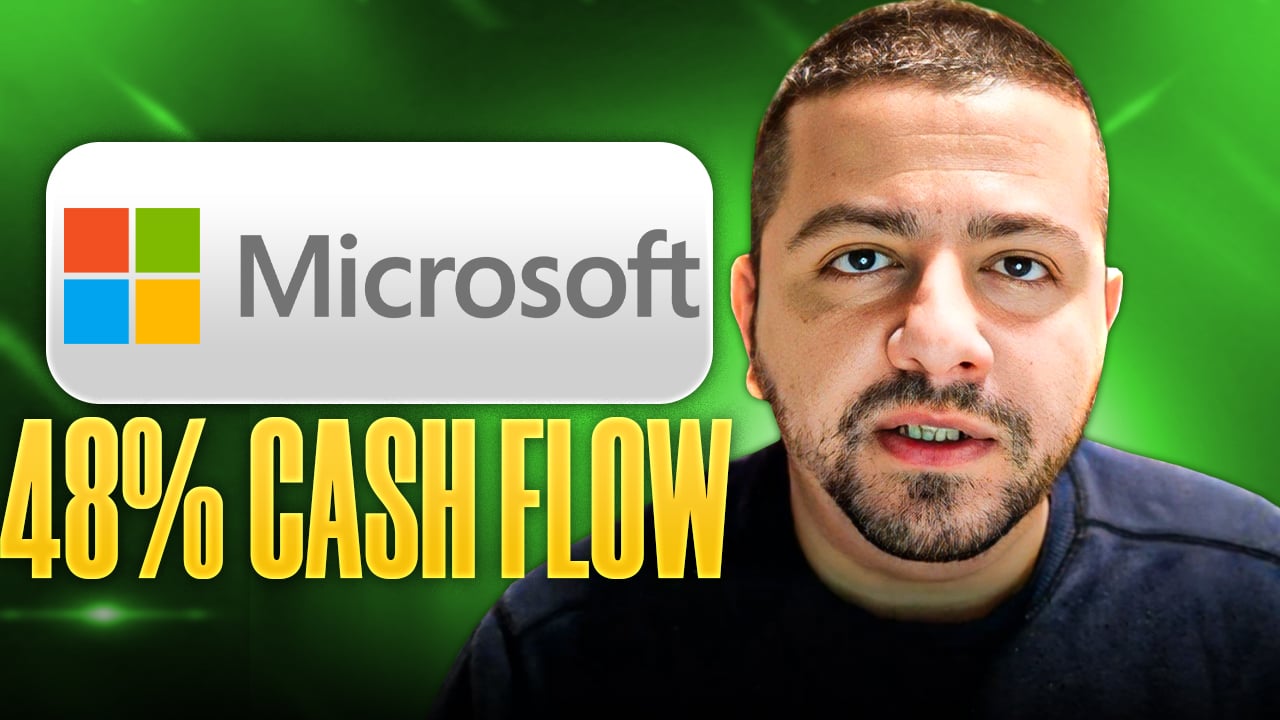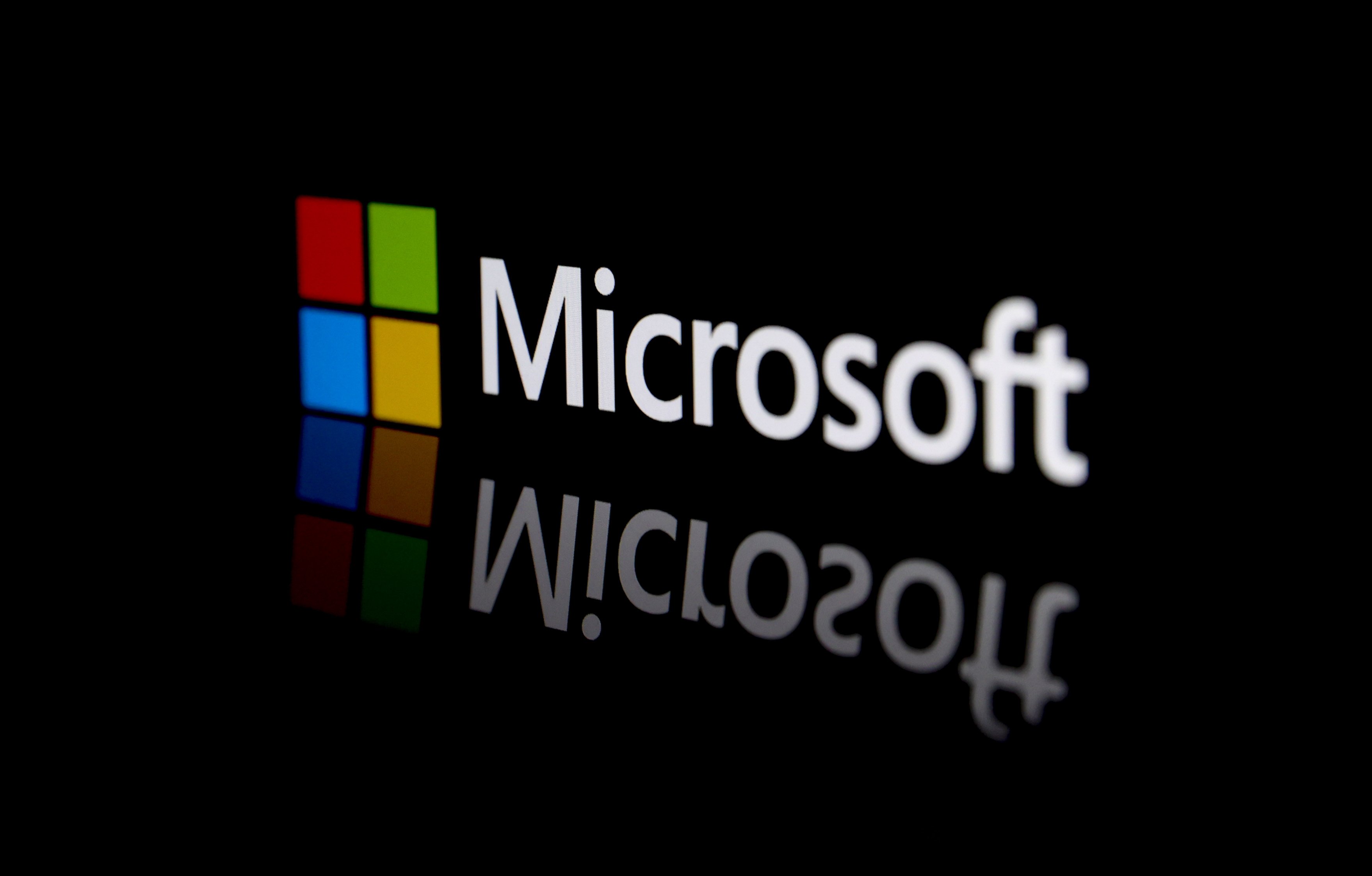The past year has been an enormous time of change for Microsoft (MSFT 1.02%).
In addition to the fundamental changes to its business structure implemented by CEO Satya Nadella, who took the reins from former leader Steve Ballmer in February 2014, the company also introduced Windows 10. The release of the new OS was part of a companywide reboot where not just its products changed, but so did its business philosophy.
Nadella and his company held a meeting for shareholders Dec. 2 in which the past year, the future, and more were officially discussed. In addition, one voice from the past who no longer holds any official position with the company chimed in unofficially.
Windows 10, Surface, and cooperation
Before any Microsoft officials took the stage, the company kicked off the festivities on the video feed by showing a series of extended commercials touting Windows 10 and the Surface and Surface Pro hybrid tablet/laptops.
The ads picked were meant to send a message. Clearly, Windows 10 and Surface are important pieces of the company's strategy. Nadella has gone out of his way to break Microsoft out of its insular bubble. The most telling of those strategies may well be his efforts to bring Office to iOS devices.
The new CEO has embraced the idea of bringing Microsoft software to any platform. Embracing Apple as a friend as well as a rival in a commercial puts an image to the vision the CEO has used to lead his company.
Getting past the preliminaries
Before any of the key operational executives took the stage, Chairman John Thompson led things off by introducing a number of executives as well as the board of directors, including two new proposed directors being voted on at the meeting: Sandra Peterson, and Padmasree Warrior, former chief strategy officer and chief technology officer at Cisco Systems.
Before the meeting, shareholders voted on three issues (as described in the proxy statement), approving the board, an advisory vote on executive compensation, and ratification of Deliotte as the company's independent auditor. All three measures easily passed according to preliminary tabulations.
Thompson closed his remarks by reiterating how the company is defining its success now and going forward "in the context of three bold ambitions: to reinvent productivity and business processes, to build an intelligent cloud, and to create more personal computing."
CFO Mary Hood is encouraged
"We finished the fiscal year with $93.6 billion in revenue," CFO Mary Hood said. "We made progress in building new sources of revenue growth in commercial cloud, search, gaming, and hardware."

Mary Hood. Source: Microsoft.
She also noted that the company increased its dividend and grew its stock buyback program, returning over $22 billion to shareholders.
More importantly, Hood noted that in the past year the company had introduced two new long-term, strategic goals, reaching 1 billion active Windows 10 devices and $20 billion in commercial cloud revenue by 2018.
"Together they represent our commitment to both innovation and growth," she said.
Hood noted that Bing exceeded a 20% market share in the United States and pointed out strong results for Xbox One and Surface. She also gave an overview of the company's new reporting structure, which will use three operating segments: Productivity and Business Processes, Intelligent Cloud, and More Personal Computing. (To learn more about those changes, read "Microsoft Corporation Financial Reporting to Focus on Cloud, Productivity, Personal Computing.")
"These new segments provide transparency into our progress against the three ambitions for Microsoft that Satya laid out in his shareholder letter," she said.
Steve Ballmer was not entirely happy
Microsoft's former CEO gave up his seat on the board of directors and holds no formal position with the company, but he remains its biggest shareholder. He didn't speak at the meeting officially, but he did talk to a Bloomberg reporter to express at the meeting to express his displeasure with the new reporting.
He believes the company should disclose profit margins and sales rather than its annualized revenue run rate.
"It's sort of a key metric -- if they talk about it as key to the company, they should report it," Ballmer told Bloomberg. "They should report the revenue, not the run rate." He also added that he believed margins should be reported as well, because margins for the cloud business tend to run much lower than the ones for software.
Microsoft didn't specifically respond to Ballmer's complaints, but an investor-relations spokesperson told the new service that it enjoys "a regular dialogue with Steve" and that the company welcomes "his input and feedback, as we do from our other investors."
The CEO devoted some of his time to the company's changes and its three ambitions for the future. He also expressed excitement about the "new growth opportunities ahead" and touched on the company's mission to empower people through digital technology.

Satya Nadella. Source: Microsoft.






